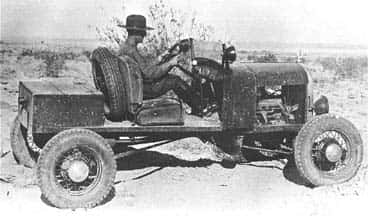USBP History Part 7
The Great War in Europe and its aftermath diverted America’s attention for several years but soon, Mexico would again be seen as an even larger threat to America’s security.
It is unfortunate that Mexican citizens legally and illegally in the United States today are responsible for as many deaths and as much total property damage in our country on a daily basis as Pancho Villa’s raid on the town of Columbus in 1916.
The total deaths within the United States due to illegal aliens alone exceeds 4,000 per year. Yes, that is more than died on 9/11 and more than have died in combat in Afghanistan and Iraq to-date combined.
Yes, today and yes, every single day. And the reaction in 1916 to this invasion was a half million men under arms sent to protect the border. Today we have less than 8,000 on the line and the magnitude of the crime is ignored.
Prohibition
At midnight January 16, 1920, the Eighteenth Amendment to the United States Constitution went into effect prohibiting the importation, transport, manufacture or sale of alcoholic beverages.
With the coming of prohibition, all of our borders were under attack. Smuggling of this contraband became rampant. Even Joseph P. Kennedy, father of former president John F. Kennedy, was deeply involved in this enterprise.
On May 28, 1924, the Labor Appropriation Act officially established what we now know as the USBP. Officers were quickly recruited for the new positions. The Border Patrol quickly expanded to all of 450 officers.

At first these 450 men were tasked with protecting just our Canadian and Mexican borders. In 1925 their orders were amended to include the protection of the gulf coast and Florida’s shoreline.
